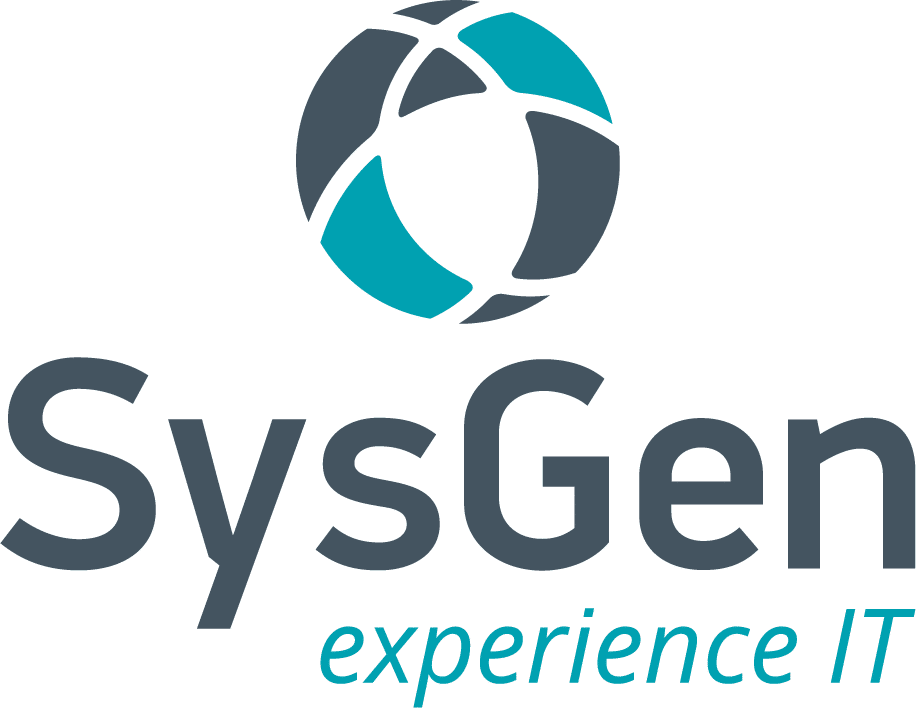Virtualization and cloud computing are often believed to be synonymous. While they work together in the IT environment, they are different technologies.
Virtualization is a part of cloud computing. This technology sees the creation of virtual IT assets by specialists; whereas, in a cloud computing environment, the accessibility of information and data over the internet is an automated process. Virtualization takes physical components like hardware parts and migrates them to a virtual space, like a server, through software to transfer and emulate the physical features of hardware into software. With virtualization, we can reduce the number of physical machines like computers by virtualizing servers’ assets, lowering Capex, and centralizing the management of resources.
In turn, cloud computing runs these virtual machines and automates the processes for us to reduce costs overall and create an efficient IT environment.
Table of Contents
Key Takeaways
- Virtualization and cloud computing are often used interchangeably; however, they are different technologies.
- Cloud computing is the storing and accessing of data via the internet, whereas virtualization is the creation of virtual IT assets from physical hardware and infrastructure.
- There are many applications of virtualization and cloud computing.
- Cloud computing and virtualization interact together to optimize the business space.
What is Cloud Computing?
Cloud computing is storing and accessing data and programs over the internet as an alternative to the local computer or server’s hard drive. Cloud computing allows on-demand IT services like storage, software, and database online. According to SysGen’s Senior Solutions Professional, “Cloud computing reduces costs associated with hardware maintenance and minimizes financial risk by storing data offsite in the cloud.” These resources are hosted in remote data centers which makes these services available to your business.
What is Virtualization?
Virtualization is a cloud computing technology; it uses software to replicate hardware in digital and virtual space. It separates physical infrastructure to create virtual resources. According to Senior Solutions Professionals at SysGen, “Virtualization software makes it possible to run multiple operating systems and multiple applications on the same server at the same time. It enables businesses to reduce IT costs while increasing the efficiency, utilization, and flexibility of their existing computer hardware.”
What is the Difference Between Cloud Computing and Virtualization?
Both of these options are unique technologies. Dematerializing these assets creates virtual IT assets by separating physical infrastructure from operating systems and applications, while cloud computing delivers shared data and software. Virtualization is software that manipulates hardware, while cloud computing refers to a service that results from that manipulation. A straightforward way to separate the two is to think of the cloud as a service and the other as a technology.
There is confusion between virtualization and cloud computing because they often work together to provide services. For example, in an IT environment, virtualization is used to create virtual versions of hardware. In contrast, these virtual machines use cloud computing power to store and access data and programs over the internet.
The critical differentiator between virtualization vs. cloud computing is that virtualization is a technology that enables a single server to provide capacity for many. In contrast, cloud computing allows different computers to connect with shared resources via the internet.
Virtualization vs. Cloud: An Overview
Despite their connectedness, these two services are entirely different technologies. Here is a breakdown of virtualization vs. cloud computing to help you understand the specifications of each:
| Virtualization | Cloud | |
| Definition | Technology | Methodology/System |
| Deployment | Software- as- a-Service Model (SaaS) | Infrastructure-as- a-Service (IaaS) |
| Lifespan | Long-term | Short-term |
| Cost | High capital expenditures, low operating expenses | Low capital expenditures |
| Configuration | Image-based | Template-based |
| Scalability | Limited by the configuration of the virtual machine | Scalable as needed |
| Accessibility | Installs multiple operating systems on a single server or computer | All users access the network through the same link |
What are the Applications of Virtualization?
To best explain this technology, here is a common virtualization scenario: A business has three physical servers with a specific purpose. One supports web traffic, one supports company email, and another supports internal business applications. With each physical server being used for its dedicated purpose, the business only uses one-third of each server’s computing capacity—even though it pays 100% of the server’s maintenance costs.
With virtualization, you could split one of the servers into two virtual machines and cut your maintenance costs by 33%. This means one server could handle email and web traffic, another could host all business applications, and the third could be retired to save costs or repurposed for some other IT service.
Keep in mind that this is one type of virtualization. There are many applications for this technology as it relates to hardware, server, desktop, and application. Each represents a network resource opportunity to streamline your business and leverage the benefits of creating virtual IT assets.
Hardware Virtualization
Creating virtual hardware has the virtual machine directly installed on the hardware. It enables a single physical device to function as multiple by creating simulated environments. This is made possible with Virtual Machine Managers (VM). These create a virtual version of computers and consolidate them into a larger physical server, while still allowing users to run different operating systems on the same machine simultaneously.
Server Virtualization
Server virtualization allows numerous virtual machines to run on a single physical server. This creates the utility efficiency of this machine’s resources. In this form of technology, servers mask resources and present users as private virtual servers to reduce waste.
Desktop Virtualization
This form enables several desktop machines to run on one physical server. It migrates the traditional system from hardware to a remote server system. This technology minimizes the cost associated with managing high numbers of desktop computers. A significant advantage of this type of virtualization is that users can access their files from any computer.
Application Virtualization
This form of dematerialization of applications, allows multiple copies of an application to be distributed from a single physical server. With this kind of virtualization, users can access applications from any device if they have access to the internet.
What are the Applications of Cloud Computing?
As previously discussed, cloud computing virtualization is storing and accessing data and programs over the internet as an alternative to the local computer or server’s hard drive.
While this may seem straightforward, cloud computing applications are varied and versatile, offering numerous benefits to businesses regarding data storage, security, cost saving, efficiency, workplace improvement, and creating a virtual desktop infrastructure.
Data Storage
Cloud computing allows your business data to be stored securely and remotely, ensuring minimal downtime and that your data is protected from threats. In addition, this technology enables you to access data anywhere, at any time. This means that the work opportunities are limitless, making your organization flexible and adaptable to change.
Downtime and Recovery
Cloud computing houses data in secure facilities rather than on-prem servers. Backups are a frequent and automatic practice in this technology, creating a data environment with minimal risk. Due to these practices, cloud computing dramatically minimizes downtime, meaning your business will never be scrambling in the event of an attack or data loss.
Cost Savings
Cloud is quickly becoming the standard for companies, as it offers a lower capital expenditure in initial investments. It is also a scalable service that grows with your organization as needed by accommodating the level of data you deal with.
Optimize and Manage Applications
With proper management, cloud computing services can monitor applications and infrastructure for performance and availability, and security events and patching. Ensuring cloud computing virtualization environments are secure requires a commitment to patching and following certain best practices.
What Solution Does My Business Need?
When migrating your business to the cloud or leveraging the benefits of virtualization, a key step is to consult IT professionals who can build solutions tailored to your business needs. Contact our team of IT experts to understand how virtualization and cloud computing and software tools can transform your business.
Find SysGen’s IT support and managed IT services in Calgary, Edmonton, Red Deer, Vernon, and Kelowna. Visit Our Solutions page to learn more about SysGen’s cloud offering, cybersecurity services, managed security, and Digital Advisory team.



